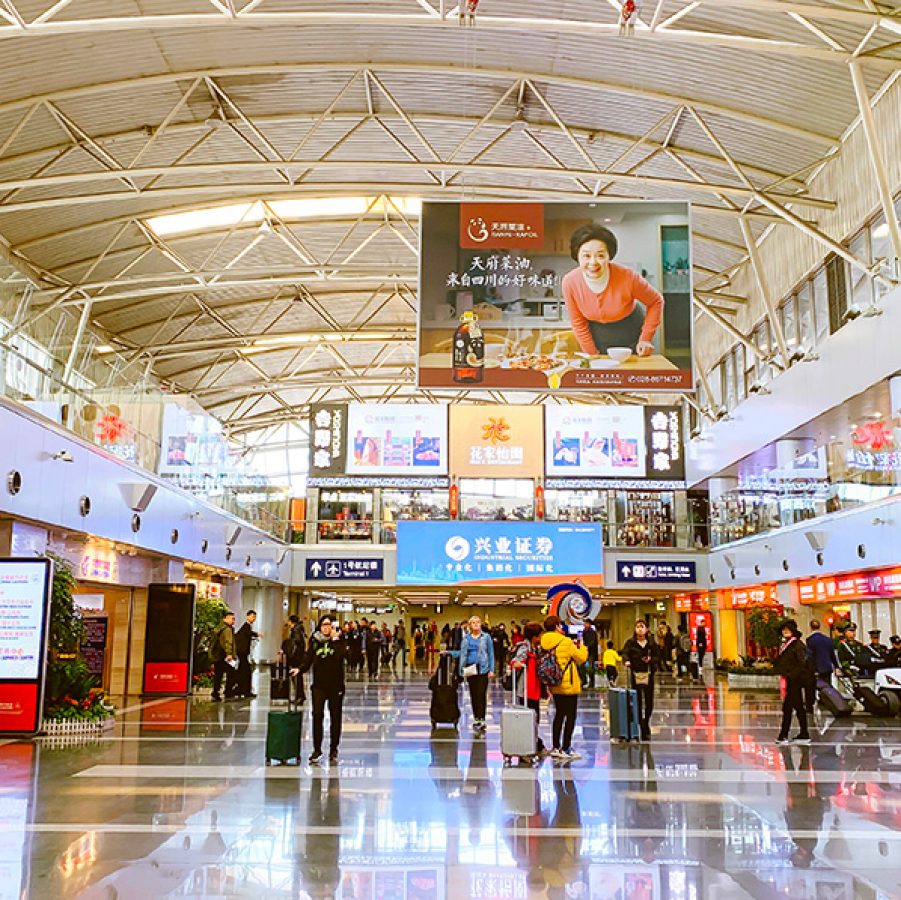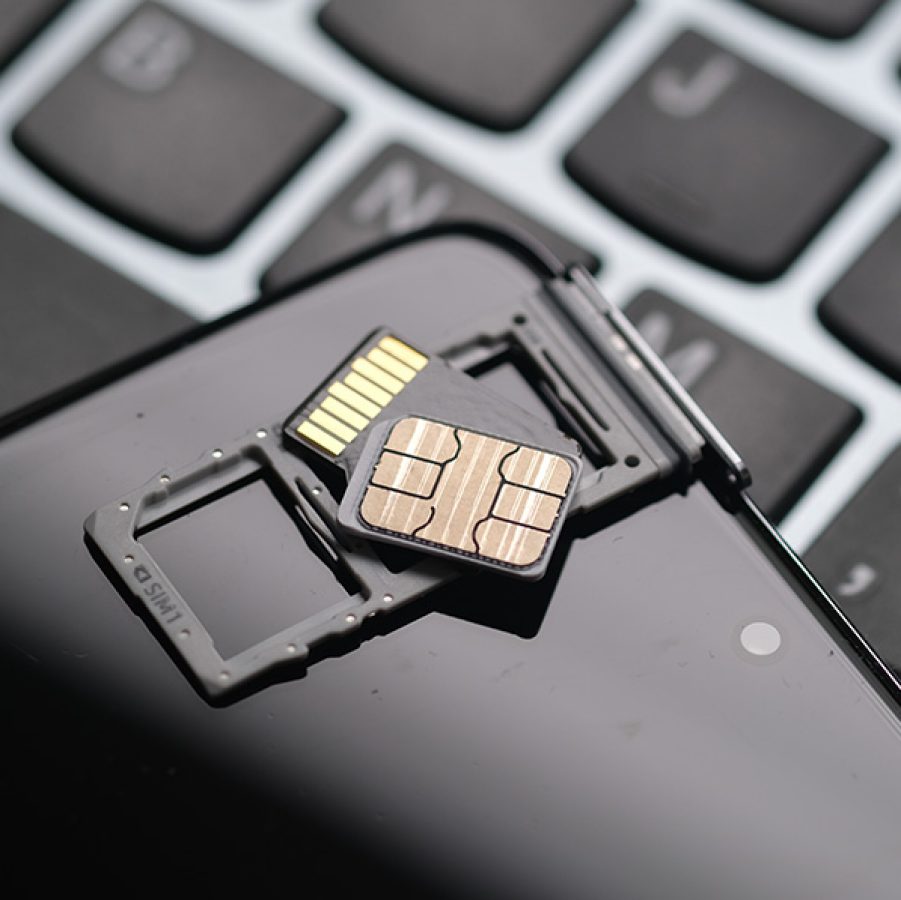How to stay connected in the Chinese Mainland

Whether you’re travelling to the Chinese Mainland for business or leisure, it's important to stay connected. Mobile connectivity is widespread across the region, and high-speed internet is accessible in most urban cities. That said, many apps and websites are unavailable in the Chinese Mainland, so it takes a bit of extra planning to ensure seamless connectivity during your travels. Choosing the right SIM card and downloading useful apps will help you stay in touch, explore and make the most of your trip.
Why you need a SIM card
While connecting to China’s cellular network using international roaming is an option if it’s supported by your home carrier, roaming charges can be expensive and rack up quickly. In China’s progressively digitalised society, many daily activities – from keeping in touch to making payments and getting around – rely heavily on mobile connectivity. Getting a local SIM card is an affordable way to maintain a reliable connection and travel around conveniently without the fear of coming home to an exorbitant phone bill.

Credit: Cunaplus M.Faba/Getty Images
Types of SIM cards
Prepaid SIM cards are a popular option for short-term travellers visiting the Chinese Mainland, offering flexibility and greater control over your spending without long-term contracts or commitments. Local prepaid SIM cards come with varying voice and data plans tailored to different needs and often have top-up options to extend your allowance. When deciding between plans, it’s essential to consider whether you’ll need a Chinese Mainland phone number or data only. Having a local number may come in handy when registering for various local services and apps.
If you only need data, eSIMs allow compatible devices to activate cellular data in the Chinese Mainland without a physical SIM card, and many have an in-built VPN for secure, private internet access. Keep in mind that eSIMs don’t include a local number or support calls and texts. Furthermore, you won’t be able to use eSIMs with Mainland Chinese phones and most Hong Kong phones.

Credit: HuyNguyenSG/Getty Images
Where to buy your SIM card
The easiest way to obtain a Chinese SIM card is to pick one up at the airport upon landing in the Chinese Mainland – just look for telecom service desks or kiosks in the arrivals area. Expect the prices to run a little higher, but the upside is that the staff will usually be able to help you set up your SIM card, so that you’re connected before leaving the airport.
Alternatively, buying directly from a Chinese mobile operator store may provide you with more plan options and competitive prices, ranging from under CN¥100 per month to CN¥300 per month. The Chinese Mainland has three main mobile service providers: China Mobile, China Unicom and China Telecom, with retail shops located across the country. Note that some smaller shops may not be able to support foreigners registering for a SIM card, so you’re better off sticking with a main branch. Before you visit, be aware of the varying network frequencies used by different mobile operators – and check whether their mobile networks are compatible with your device.
Some convenience stores and tourist information centres also sell Chinese SIM cards, but the selection may be limited. If you want to avoid scrambling for a SIM card in China last-minute, you can buy one online ahead of your trip and have it delivered to your hotel or designated address in China.
Stopping by Hong Kong before your trip to the Chinese Mainland? Many Hong Kong network providers offer SIM cards for travelling to the Chinese Mainland, which you can find in local mobile operator stores or convenience stores. Using a SIM card with a Hong Kong carrier will allow you to access many global websites and apps unavailable with a Chinese Mainland SIM card.
eSIMs are also purchased and activated online. While China Mobile and China Unicom sell eSIMs for certain mobile devices, you may find it more convenient to purchase an eSIM package from an international provider like Holafly, Saily, Airalo or Nomad before your trip. Once you arrive in the Chinese Mainland and activate your eSIM, it will automatically connect to a Chinese network provider, allowing you to use the local data service.

Credit: wisely/Getty Images
Tips for setting up your SIM card
Getting your SIM card up and running should be straightforward, but there are several things you need to know.
Before you travel, make sure that your mobile phone is unlocked so that you can use it with a different carrier. If it's locked, you’ll need to contact your current service provider to unlock it from their network.
All SIM cards in the Chinese Mainland and Hong Kong require real-name registration, so make sure you have your passport or necessary identification documents on hand to complete registration, either via the website of the provider or in-person at a retail branch. Otherwise, you won’t be able to activate your SIM card.

Credit: AsiaVision/Getty Images
Download useful apps before your trip
Some of your everyday apps and websites won’t work with a Chinese SIM card, including Google, Gmail, WhatsApp, YouTube, Instagram and Facebook. To help you get around more easily during your trip, it’s worthwhile to download a few essential apps beforehand. From payment apps to navigation, ride-hailing and translation apps, here’s a guide on the apps to download, along with helpful tips for travelling in the Chinese Mainland.
More inspiration
- China – the Chinese Mainland, Hong Kong SAR, Macao SAR and Taiwan Region
- Hong Kong SAR - English
- Chinese Mainland (China) - English
- Taiwan, China - English
- 香港特別行政區 - 繁體中文
- 中国內地 - 简体中文
- 中國台灣 - 繁體中文
- Africa
- South Africa - English
- Asia
- Bangladesh - English
- Korea - English
- Singapore - English
- Cambodia - English
- 한국 - 한국어
- Sri Lanka - English
- India - English
- Malaysia - English
- Thailand - English
- Indonesia - English
- Maldives - English
- ประเทศไทย - ภาษาไทย
- Indonesia - Bahasa Indonesia
- Myanmar - English
- Vietnam - English
- Japan - English
- Nepal - English
- Việt Nam - tiếng Việt
- 日本 - 日本語
- Philippines - English
- Australasia
- Australia - English
- New Zealand - English








